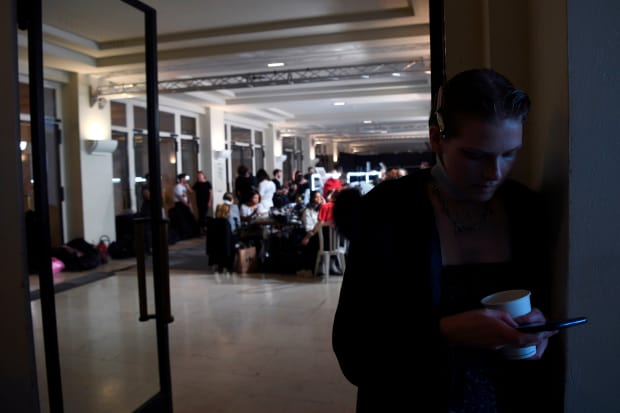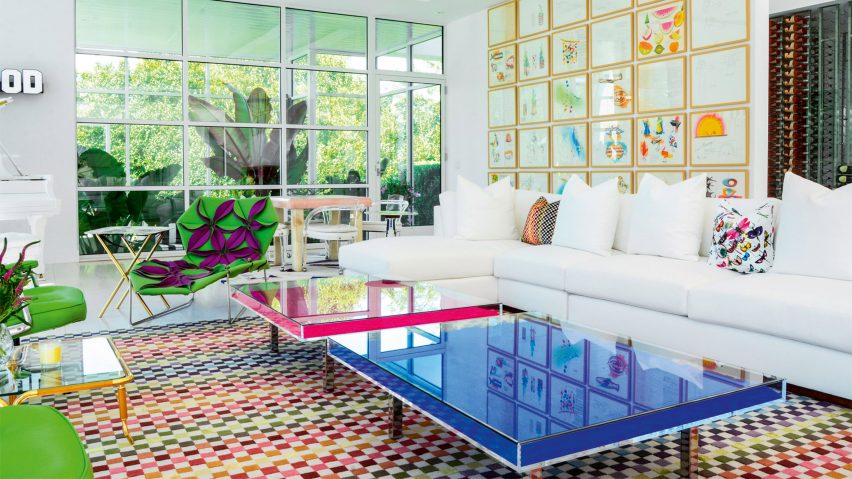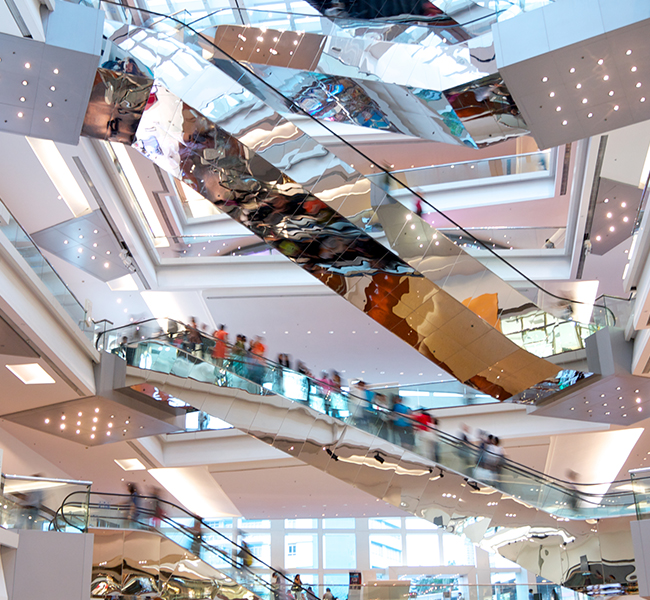The connection between the fashion world and interior design is undeniable. Although the crossover may not be immediately apparent, trends that appear on high fashion catwalks are seeping into the interior. Obviously, this can also happen the other way around, with interior trends influencing fashion trends, but this is not that important in the industry. Twice a year, the fashion world shows us what to expect in terms of trends for the coming year. These trends are then watered down for the average consumer before being mass-marketed to ordinary people on the main street. In a constantly changing industry, it is clear that the interior design is developing in parallel, while fashion is constantly evolving and updating.
Nowadays, keeping up to date with the fashion world is almost certainly easier than ever before, while previous research would include calling up showrooms or waiting for printed presentations and lookbooks. A simple internet search can show us the latest information from a fashion designer collection in just a moment. As accessibility to design has changed over time, the market has also changed. While in the past haute couture was reserved for only a select few and the majority of people had to wait until catwalk reports were published in magazines to find out about upcoming trends, there has recently been a faster turn from the catwalk to the home. that reflect the runway fashion almost immediately. As the world becomes more digital and there is access to trend forecasts, upcoming collections and style guides, the boundaries between interior design and fashion are blurring more than ever.
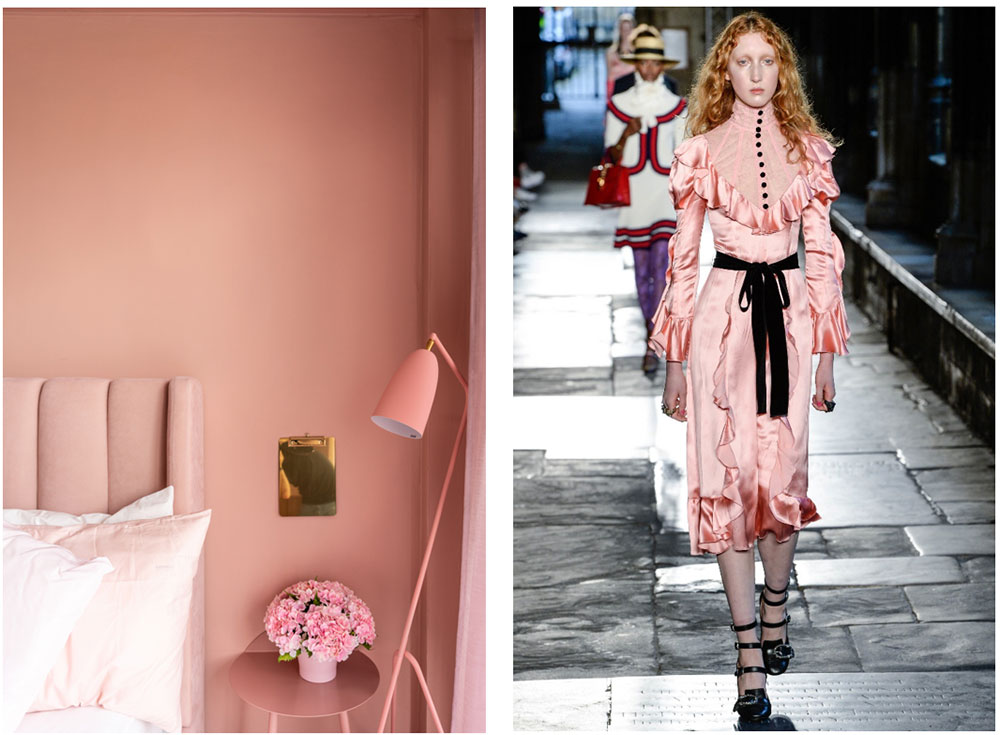
One of the most visually obvious ways runway fashion can affect the interior of living spaces is through the medium of color. One of the most discussed colors of the past decade has undoubtedly been the millennial pink, with the dark pink tint strongly represented on runways around the world. With every designer from Gucci to Dolce exhibiting this rosy hue, the trend was quickly picked up in media articles, and the popularity of the color skyrocketed almost instantly. In 2016, Pantone cemented this by announcing blushing pink as the key color in its spring fashion report. Shortly thereafter, millennial pink was seen everywhere, even indoors. Since everything from pink sofas to wallpaper was in high demand, it was clear at this point that fashion not only dictates the wearing of clothing, but also those that can be seen in the household.
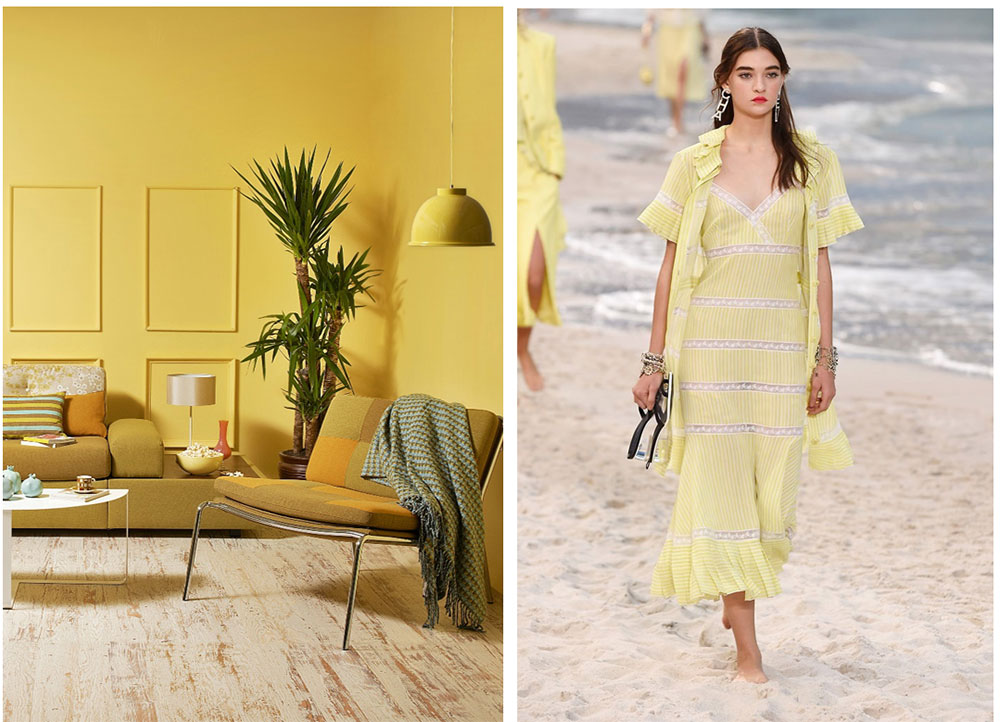
This trend became even clearer when Gen-Z-Yellow played a major role on the catwalks of New York fashion in 2018. While yellow was not always a hit indoors, we are slowly seeing how the trend with the bright sunshine tones of Gen Z yellow is emerging as a major topic of conversation in many interior articles on the Internet. This particular trend is certainly polarizing, but many have started to dip their toes in the trend with home accessories and window treatments, from pillows to throws to carpets and even made to measure blinds for sale in the sun like hau.
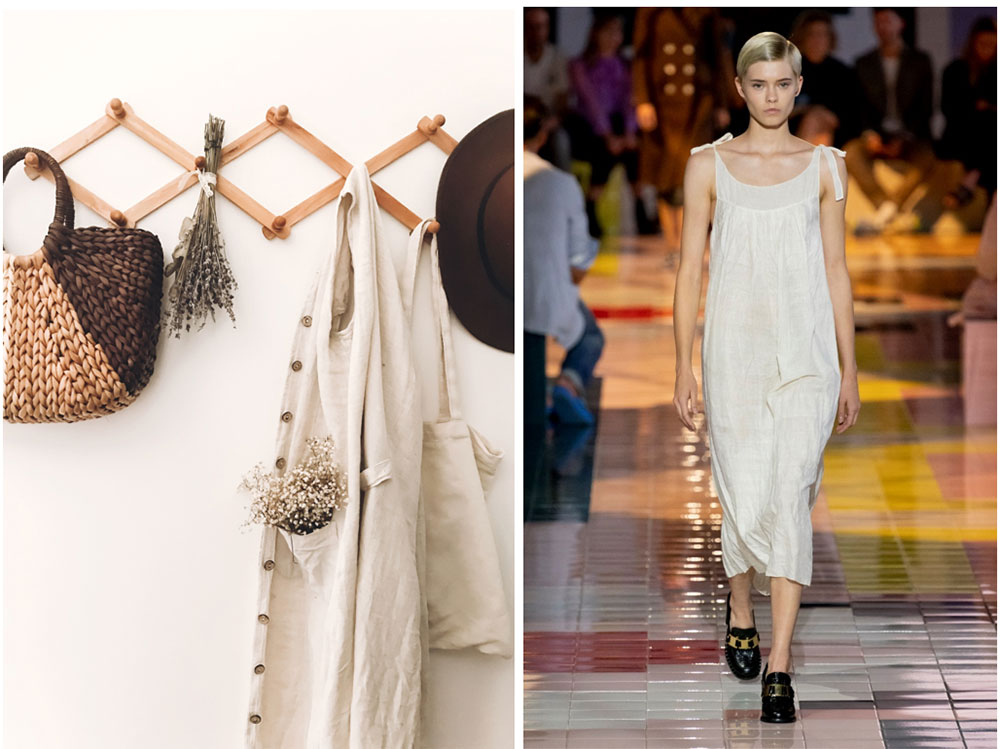
Another big trend that we have seen recently in both fashion and retail is that of sustainability. In 2019, many fashion brands, including the pillars of the luxury fashion market Ralph Lauren, Prada and Chanel, as well as high street fashion brands like Zara and H & M, announced the signing of a fashion pact, an agreement to combat greenhouse gases and sustainability in the fashion industry put. This has been transferred to the runway, and many fashion houses have included sustainable clothing in their latest shows. We see this trend again in the trends of interior design for 2020, while originally niche brands acted as pioneers for sustainable household goods. High street brands like Marks and Spencer’s also support the movement and offer a range of different sustainable household goods that will be launched on the 25thth February in line with Fairtrade Fortnight.
The fashion industry is still an extremely influential and financially brave industry. It can set trends for years, with house and fashion houses being influenced equally. Fashion is such a powerful instrument of influence and remains something that designers in all industries are looking for inspiration, and the world of interior design is certainly no exception to this rule. Interior designers are regularly inspired by the catwalks at Fashion Week and beyond. While people use clothing as an external reflection of their personal style, interior design is also an expression of self in a different form, and it is no wonder that these two industries are so closely related.
 TopsDecor.com Home Decor Ideas
TopsDecor.com Home Decor Ideas
